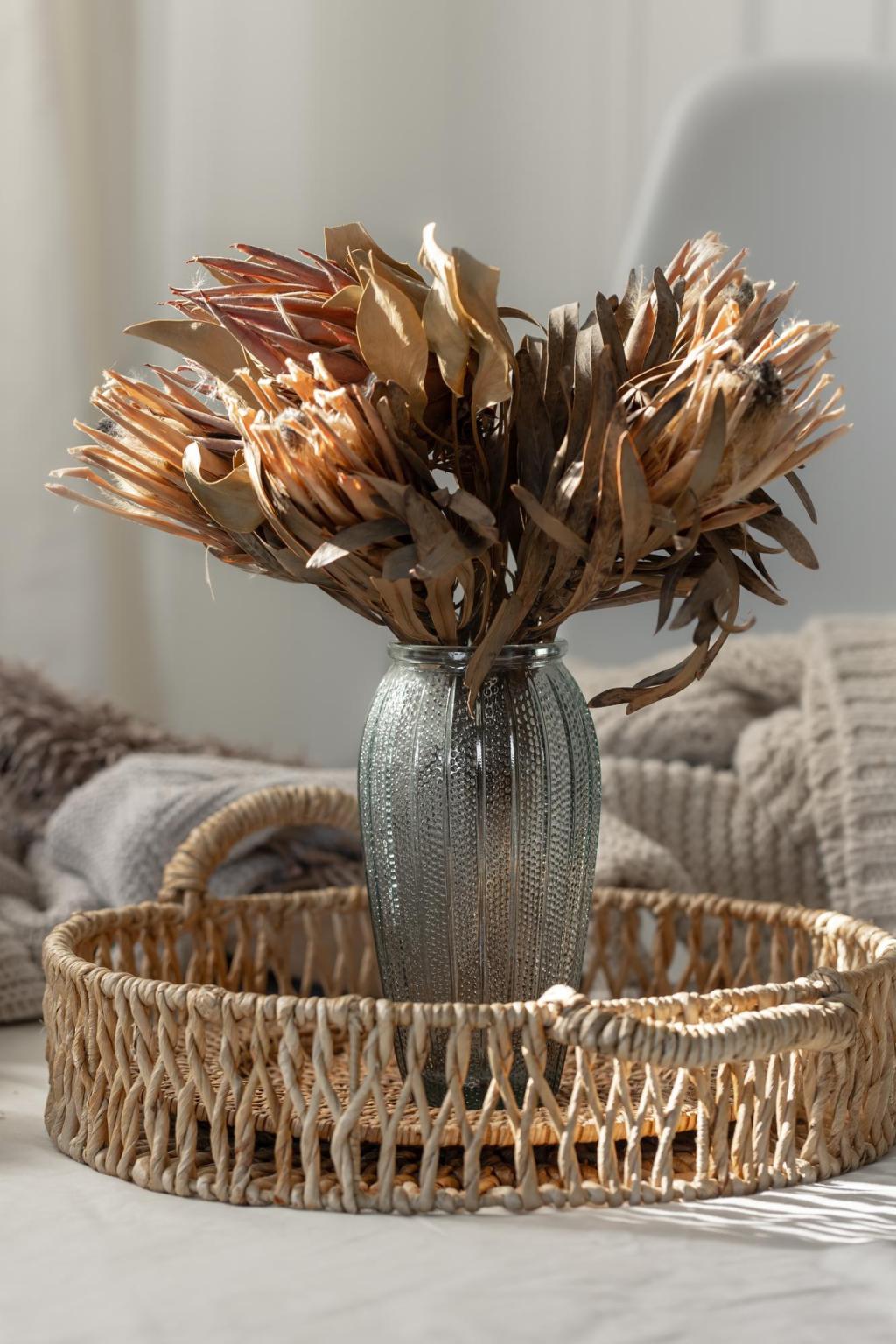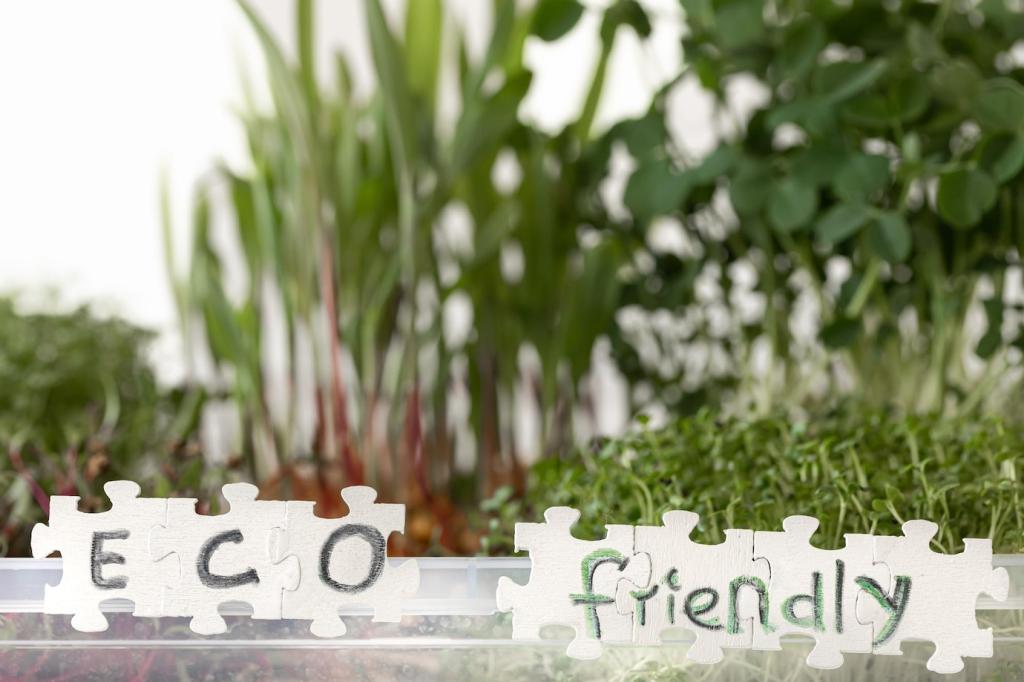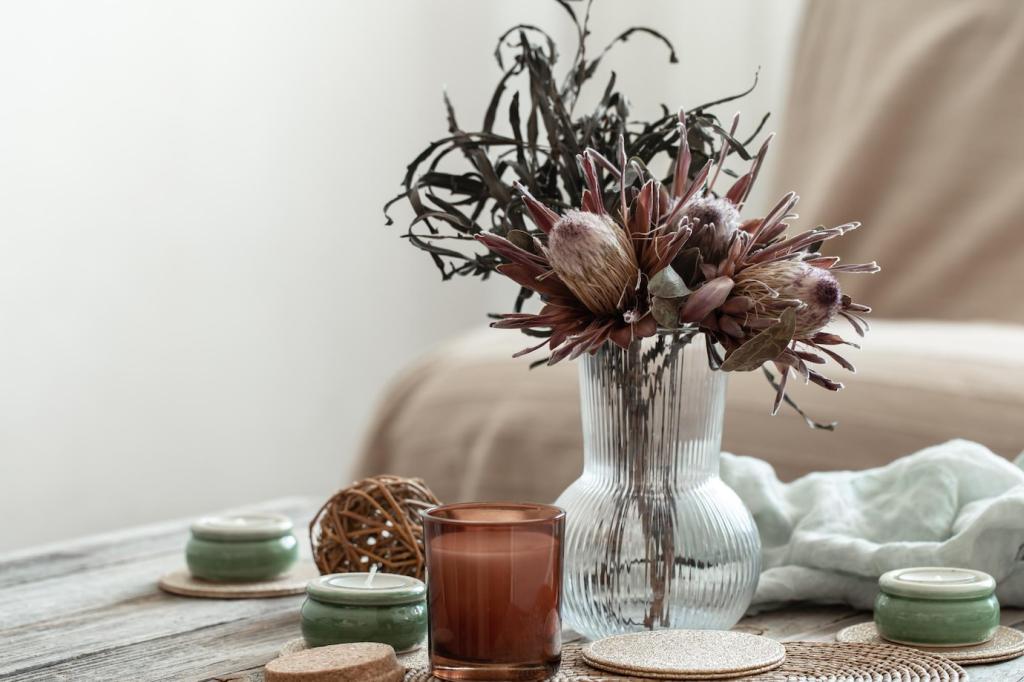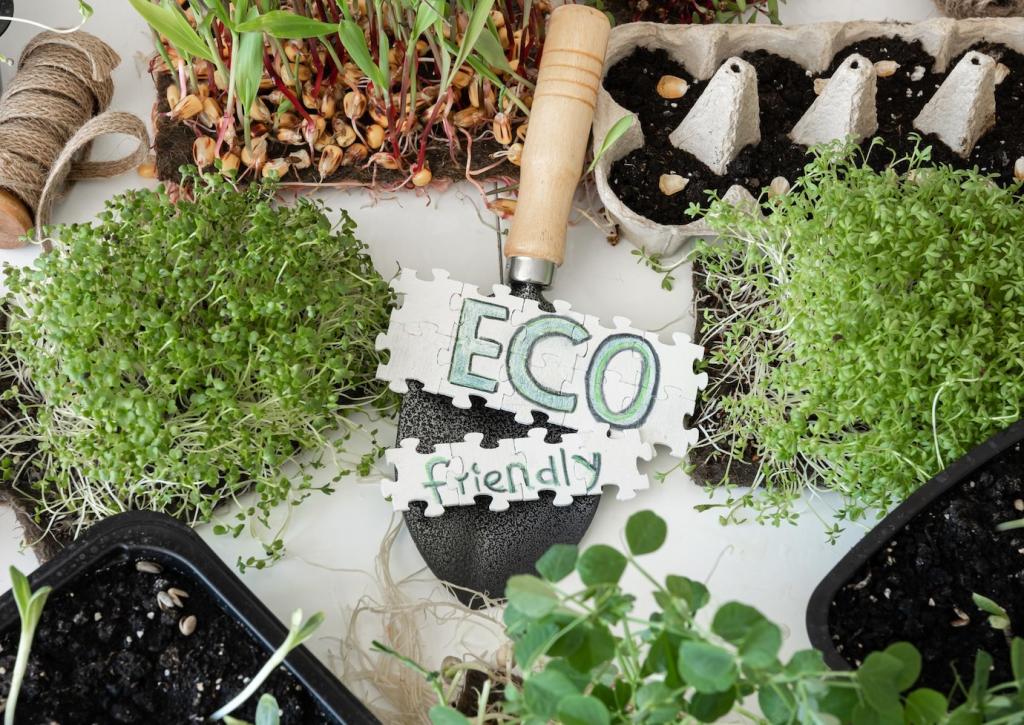Mycelium: Growing Architecture from Fungi
Mycelium binds agricultural waste like straw or husks into light, cohesive forms. In our studio, a small batch cured in seven days and surprised us with its firmness. The material feels alive in spirit, reminding teams that interiors can be cultivated rather than extracted.
Mycelium: Growing Architecture from Fungi
When we mounted a mycelium tile behind a workstation, the room tone softened immediately. Porous structure equals natural sound absorption, making phone booths and focus corners calmer. Tell us if you’ve tried mycelium tiles; your experience can help others choose confidently.






